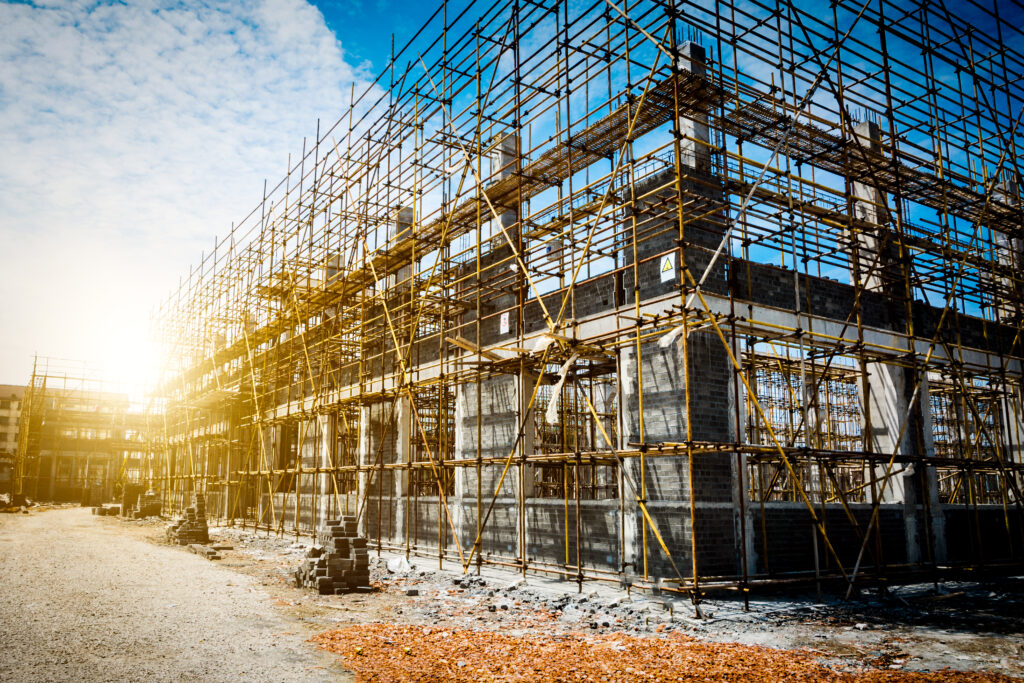When we walk past historic cathedrals, sturdy warehouses, or century-old homes still in use today, it’s easy to forget that longevity doesn’t happen by chance. Making buildings stand the test of time takes far more than good luck; it requires thoughtful planning, quality materials, precise execution, and ongoing maintenance. From the foundation to the roof, every element plays a part in ensuring structural resilience.
A Solid Foundation: The Starting Point
Any durable structure begins with a well-designed foundation. If the base is unstable or poorly constructed, the entire building is at risk. Engineers must take into account the type of soil, water drainage, load-bearing requirements, and even seismic activity. Concrete, steel reinforcements, and waterproofing solutions are common in modern builds, helping to prevent settling and cracking over time.
Beyond materials, how the foundation is laid plays a critical role. Precision and compliance with building regulations ensure it can carry the weight of the structure without shifting. Even centuries ago, builders understood the importance of sturdy bases; just look at the Roman aqueducts and roads still standing today.
Choosing Quality Materials
The quality of materials used in construction directly influences how long a building will last. Low-cost or poorly produced materials may initially seem budget-friendly, but they can lead to problems down the line. Weather, temperature changes, and daily wear take a toll on substandard components.
From load-bearing bricks to corrosion-resistant metals, builders today have a range of options that offer both durability and sustainability. High-performance materials not only resist physical stress but also reduce the need for costly repairs in the future. Thoughtful selection during the design phase is a long-term investment.
read more : Understanding Car Accident Claims: Why You Need a Quality Lawyer
Invisible But Vital: Internal Connections
Many of the elements that ensure a building’s integrity are hidden behind the walls, under the floors, or within the roof structure. These unseen components may not get the spotlight, but they do a lot of the heavy lifting.
For example, wall and brick ties are essential in bonding layers of masonry together. They distribute loads evenly and help prevent structural movement caused by external forces like wind or thermal expansion. Without these connections, walls could shift or bow over time, compromising the entire building’s stability.
Fixings, brackets, and reinforcements must also be rust-proof and capable of enduring decades of strain without failure. Every nut and bolt contributes to the building’s long-term health.
Defending Against the Elements
One of the greatest threats to any building is the environment. Wind, rain, UV rays, and temperature fluctuations can degrade materials over time. To ensure longevity, weatherproofing is essential at every level.
Roofs must be properly sealed and sloped to allow water runoff. Walls need insulation and breathable membranes to prevent moisture penetration. Doors and windows must be fitted with precision to avoid drafts and leaks.
Over time, preventative design choices like installing drainage systems, rainwater goods, and protective coatings help buildings endure natural wear without falling into disrepair.
The Role of Maintenance
Even the best-built structures need attention over time. Regular inspections, prompt repairs, and preventive maintenance are key to keeping a building standing strong. Small issues like a hairline crack or a broken gutter can evolve into major structural threats if left unchecked.
Routine care extends the lifespan of materials, maintains safety standards, and helps preserve the original appearance. For heritage buildings, especially, maintenance becomes a crucial part of respecting craftsmanship and legacy.
Designed for Future Generations
The most successful buildings are those designed with time in mind. Architects and engineers who prioritize longevity consider how the space will be used, how it might evolve, and what conditions it will face over the years. Adaptable layouts, durable materials, and resilient construction practices come together to produce buildings that won’t just stand, but thrive, through decades.
While aesthetics, function, and cost often dominate the conversation, lasting strength is always a result of the decisions made behind the scenes. With the right approach, every build has the potential to become a landmark that outlives its makers.

